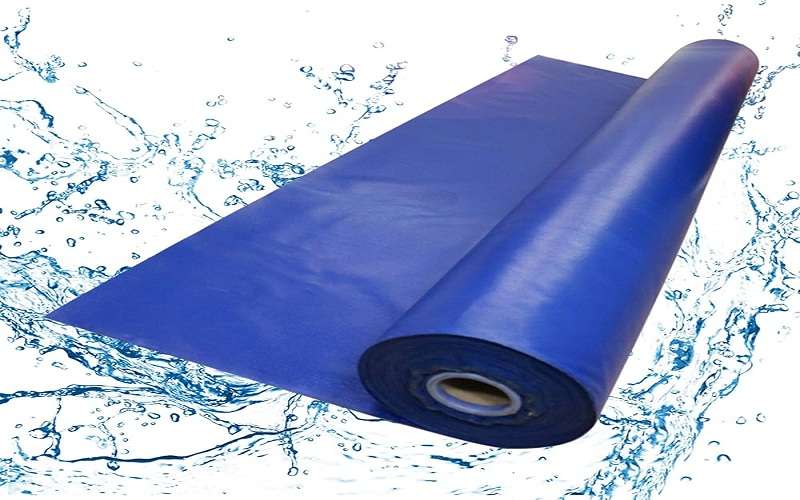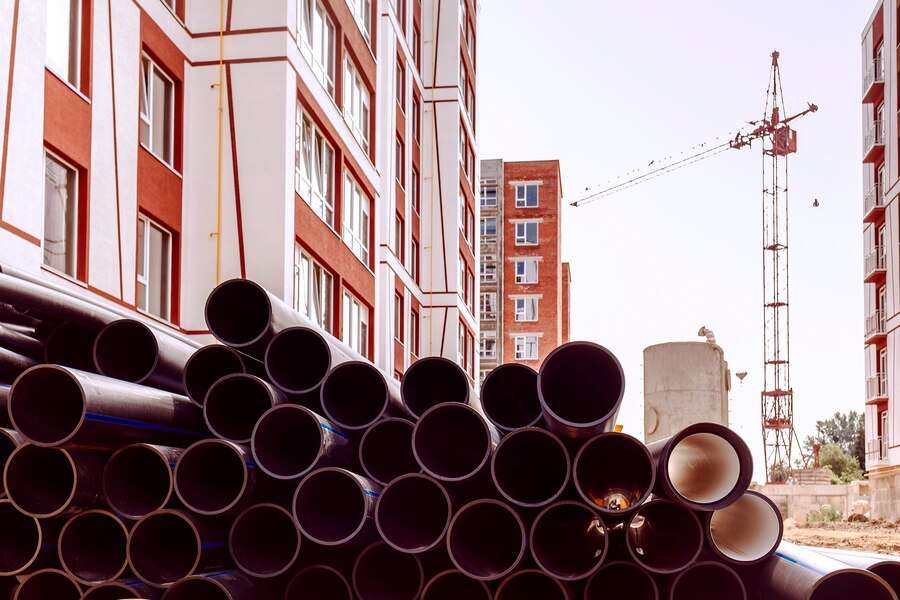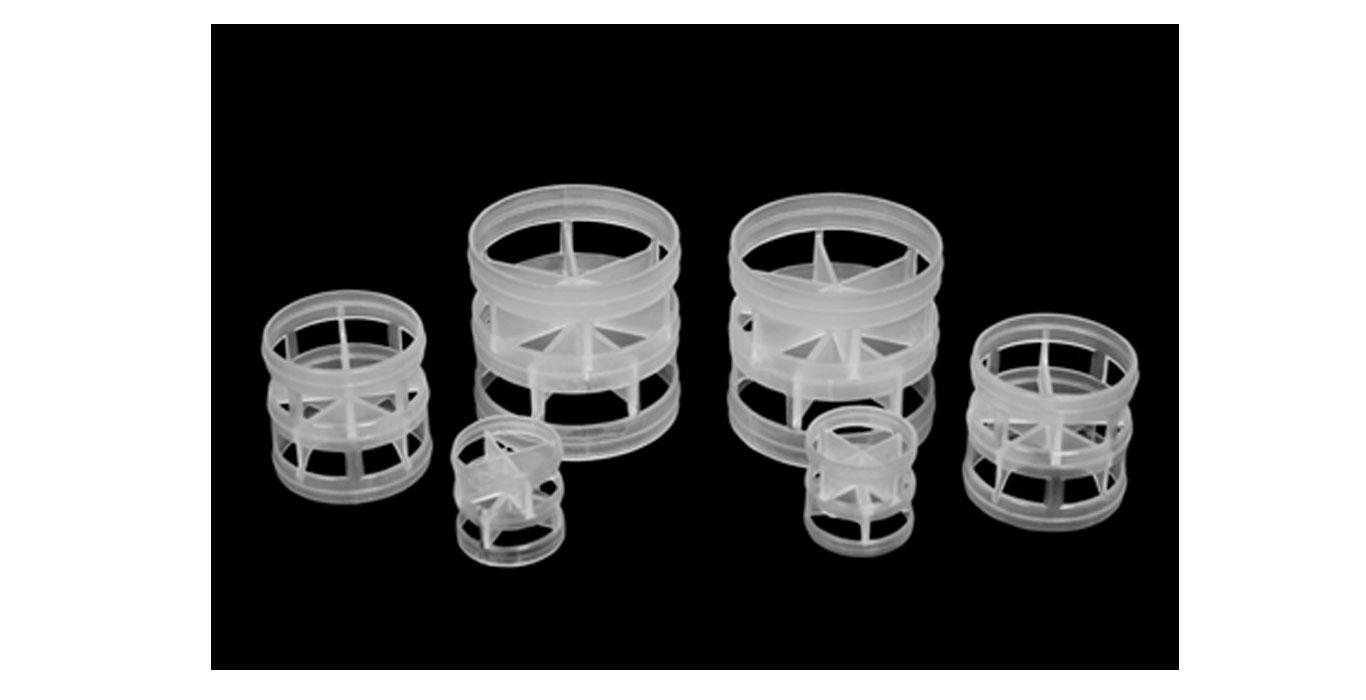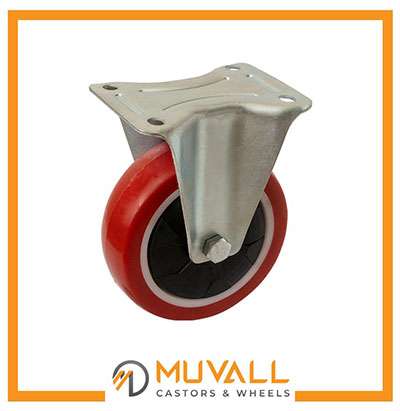A family of heat exchanger designs includes shell and tube heat exchangers. It is the type of heat exchanger manufactured by one of the most prominent as well as noted glass shell and tube heat exchanger manufacturers in Gujarat?that is most frequently used in oil extraction processes or refineries as well as other major chemical processes, and it is well-suited for use in environments with higher pressure. This particular variety of heat exchangers is characterised by the fact that it is made up of a shell, which may be thought of as a big pressure vessel, and a collection of tubes that are housed within the shell. For the purpose of transferring heat between the two fluids, one fluid is circulated via tubes, whereas the other fluid is circulated via the shell. The collection of tubes is known as a tube bundle, and it can be made up of many different kinds of tubes, such as plain, longitudinally finned, and so on.
Theory and application:
The heat exchanger is used by two separate fluids, each of which has a different initial temperature. The first one travels along the interior of the tubes (the tube side), while the second one travels along the exterior of the tubes but remains inside the shell. Heat is transported from one fluid to another via tube walls, from tube to shell or from shell to tube. The direction in which the heat travels depends on which fluid is being heated. On the tube or the shell side of the apparatus, the fluids may take the form of gases or liquids. It is necessary to make use of a big heat transfer surface in order to transmit heat effectively, which results in the use of a lot of tubes. The heat that would otherwise go to waste can be utilised in this way. This is an effective method for preserving the use of energy.
One-phase heat exchangers are those that only have a single phase on either side. Phase change often takes place on the shell side of a two-phase heat exchanger, making boilers suitable for heating a liquid to the point where it boils and turns into a gas (vapour), and condensers suitable for cooling a gaseous substance and causing it to condense back into a liquid. The boilers of steam locomotives are typically huge shell-and-tube heat exchangers with a cylindrical shape. A shell-and-tube surface condenser is used in huge power plants installed with turbines that are driven by steam to condense the exhaust steam from the turbine into condensate water, which is then recycled back into the steam generator to be generated into steam.
Similarly, in air-cooled chillers, they serve solely as the evaporator, but in liquid-cooled chillers, they transmit heat between the water and the refrigerant.
Choice of material of Tube:
The tube’s material should have high thermal conductivity to ensure efficient heat transfer. This temperature differential occurs across the breadth of the tubes because heat is transported from a warmer to a cooler side. During operation, thermal strains develop due to the tube material’s tendency to thermally expand differentially at different temperatures. To reduce wear and corrosion, the tube’s material should be long-lastingly compatible with the shell and tube side fluids under normal working conditions. According to their intended usage, heat exchangers can be manufactured and supplied using a variety of materials by one of the reputed glass shell and tube heat exchanger suppliers in Gujarat. The most common materials for tube walls are as follows:
- Cupronickel Alloys
- Titanium
- Carbon Steel
- Brass Alloys
- Stainless Steel
Metals such as copper alloy, aluminium, carbon steel, stainless steel, Inconel, non-ferrous copper alloy, Hastelloy, nickel, as well as titanium, among others, meet all of these criteria and more thanks to their strength, thermal conductivity, corrosion resistance, and other desirable qualities in tube materials. Due to these heat exchangers being manufactured by glass shell and tube heat exchanger manufacturers in Gujarat having exceptional heat resistance, fluoropolymers like FEP and PFA are also employed in the tubing’s production. If the material of the tube is improperly selected, fluid contamination and pressure loss could occur between the tube and shell sides.
One of the most efficient kinds of heat exchangers is the shell-and-tube design. Each of these heat exchanges is comprised of a cylindrical shell and a number of tubes. The heat from the hot fluids outside the tubes is transferred to the coolant inside the tubes thanks to the thermally conductive nature of the tubes’ construction. These heat exchangers are used for various purposes, such as:
- Hydraulic
- Leisure
- Marine
- Rail
- Industrial
When a considerable quantity of process fluids or gases need to be cooled or heated, shell and tube heat exchangers are frequently used. They come in many forms to accommodate a wide range of process requirements across a wide variety of sectors.
Essential Components involved:
The following are the four components of a shell and tube heat exchanger that are considered to be the most important:
– Tube Bundle:
Tubes as well as tube sheets make up what is known as a tube bundle. The baffles and the tie rods are what keep the tube bundle from falling apart.
– Shell:
A shell encompasses the tube bundle in its entirety.
– Front Header:
The component of the heat exchanger from which the fluid initially enters the tube side is referred to as the front header. This component is also known as a stationary header.
– Rear Header:
A rear header is a component that can either be the point at which the tube side fluid exits the exchanger or on its way of return to the front header.
Applications:
Shell and tube heat exchangers are utilised in a wide variety of industrial process applications due to the fact that they are able to carry out tasks such as the following:
- Heat removal and preheating feed water
- Hydraulic and lube oil cooling
- Compressor, turbine, and engine cooling
- Condensing steam or vapour
- Evaporating liquid
Benefits:
Because of the many benefits they provide in comparison to other types of heat exchangers, shell and tube heat exchangers exported by one of the top-ranking glass shell and tube heat exchanger suppliers in Gujarat?are widely utilised in a variety of industries, especially refineries. These advantages include the following:
- Heat exchangers that use a shell and tube design are more effective in transferring heat.
- They are an excellent choice for the heating of swimming pools, mining equipment, hydraulic power packs, and other similar applications.
- They are simple to take apart and reassemble. This makes it simple to clean and make repairs.
- They are designed to be space efficient.
- They have the capability of having their capacities extended by the addition of plates in pairs.
- When compared to plate-type coolers, their prices are more reasonable.
- Because the pressure test is not very complicated, it is possible to find and repair tube leaks with considerable ease.
- They are suitable for use in systems that have greater pressures and temperatures while they are functioning normally.









